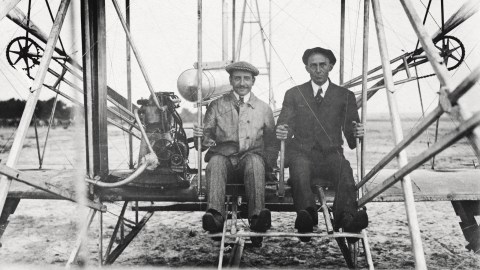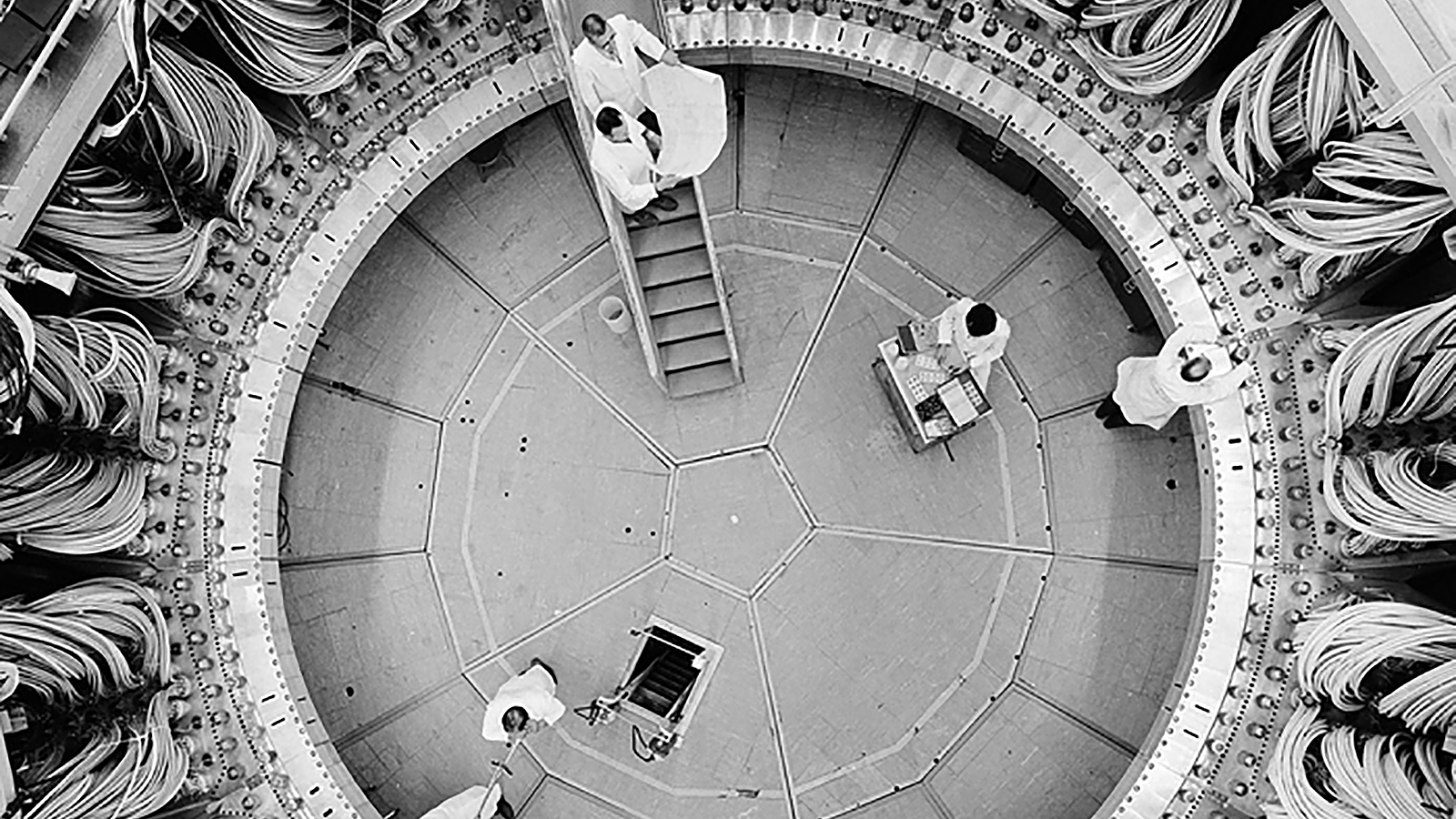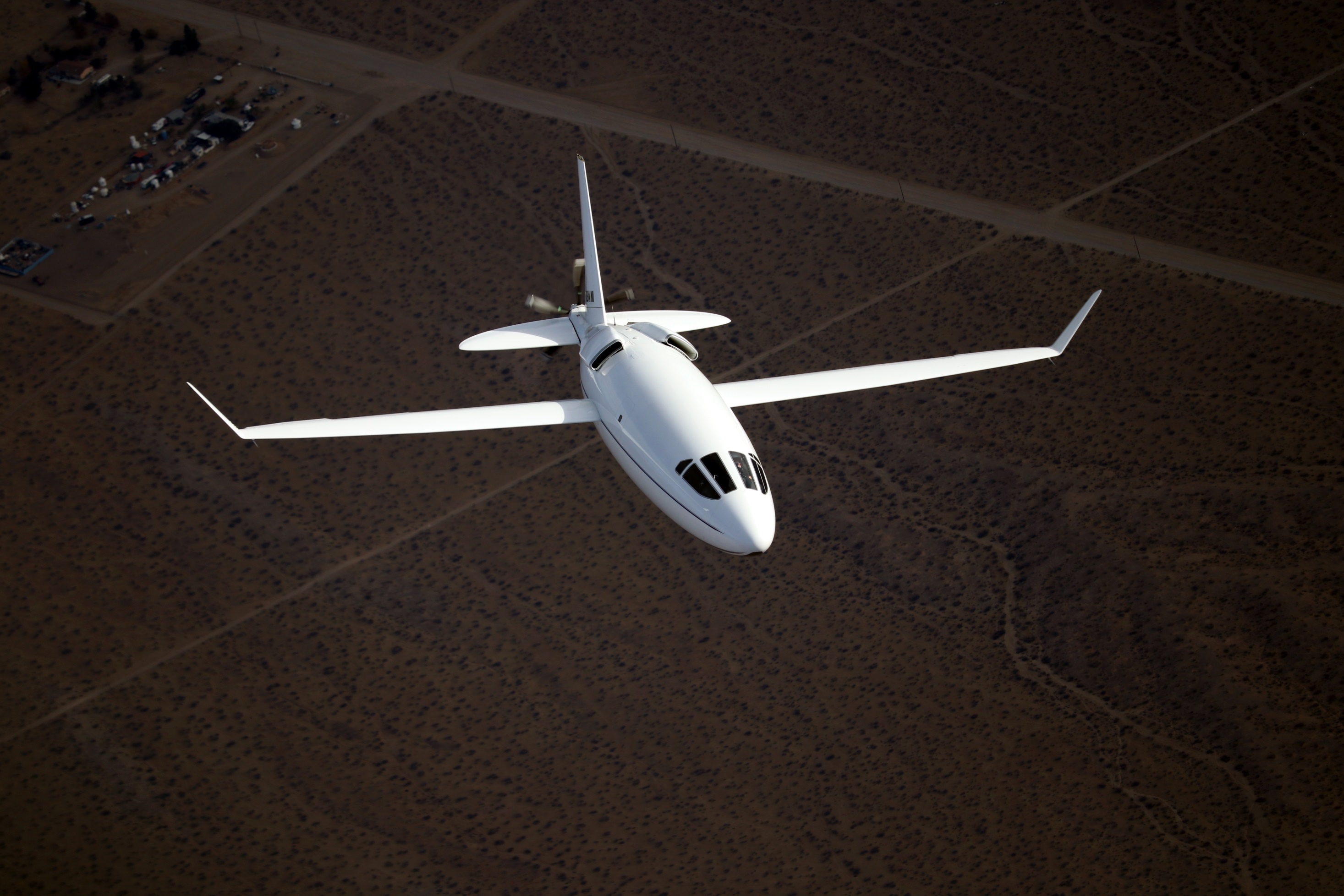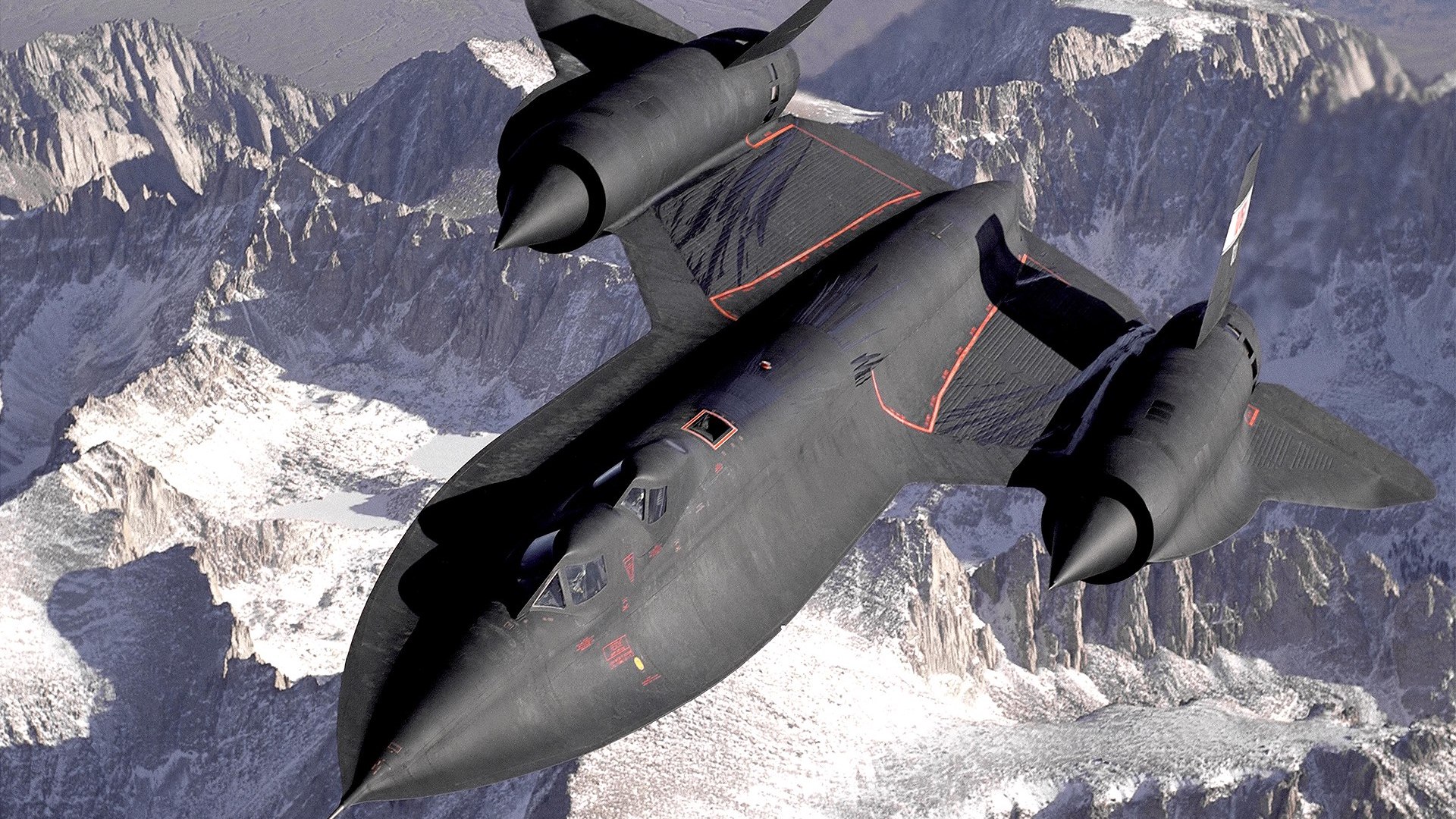For years, the media ignored the Wright brothers’ breakthrough flight. Why?

- On December 17th, 1903, the Wright brothers achieved the first powered flight, an accomplishment that is rightfully heralded as one of the greatest of all time.
- But for almost five years, despite the Wrights’ attempts to alert the press, their breakthrough was ignored. The failed flight attempts of the past primed the press and public to think that powered aircraft were impossible.
- The saga makes you wonder: What other invention that seems impossible today could be just over the horizon?
On December 17th, 1903, the Wright brothers did it. After more than four years of their own efforts and decades of travails by other ambitious tinkerers, Orville and Wilbur achieved the first powered flight, successfully piloting their Wright Flyer for a total of 59 seconds over a distance of 800 feet in Dare County, North Carolina. What was one comparatively short hop for the two siblings from Dayton, Ohio would end up being a giant leap for humankind. More than a century later, airplanes allow us to traverse the globe, physically connecting the world as no other invention has.
Nobody appreciated the accomplishment
Today, history rightfully looks back on the Wright brothers’ first powered flight as a momentous breakthrough, but for years, it was met with a collective shrug. The Wrights’ attempts to alert the press were ignored. Not even their hometown newspaper, the Dayton Journal, reported their accomplishment, saying the flight was too short to be important.
Six months later, they invited press to attend their first flight of 1904. Unfortunately, mechanical problems and poor winds prevented all but a short airborne skip. Reporters left convinced that their prior skepticism was warranted, and the Wright brothers were ignored yet again.
In return, the brothers avoided the press for the remainder of 1904 and most of 1905, instead focusing on achieving a powered flight that in no way could be misinterpreted as a mere “hop.” At Huffman Prairie outside Dayton, Ohio, they progressed further and further until by fall of 1905 they were making long flights of 20 minutes or more.
Amos Root, a local beekeeper who wrote for his very own beekeeping magazine, saw a few of the flights and offered the news to Scientific American, now the oldest continuously published magazine in the U.S. He was turned down.
The breakthrough
It wasn’t until August 1908 when Wilbur wowed onlookers in France by performing figure-eight maneuvers during two-minute flights that the Wright brothers proved to a skeptical press and public that they truly had conquered air travel. Orville cemented the brothers’ long overdue fame a month later by completing an hour-long flight during demonstrations for the U.S. Army in Virginia.
The almost five-year gap between the Wright brothers’ accomplishment and their deserved acclaim stands out as one of the greatest oversights in history. But to be fair, journalists and the public had good reason to doubt. Well-funded efforts from inventors like Clément Ader, Hiram Maxim, and Samuel Langley had all ended in failure, sometimes embarrassingly so. Thus, the notion that a couple of brothers in their 30s from Dayton, Ohio with only high school educations and relatively paltry funding had meaningfully defied gravity was hard to believe.
“Frankly, none of us believed it,” J.M. Cox, publisher of the Dayton Daily News, admitted years later.
Cynicism is fashionable
In the late 19th and early 20th centuries, it was fashionable to be pessimistic about humanity’s ability to fly like the birds. According to an article in the Detroit Free Press in 1889:
“The smallest possible weight of a flying machine, with the necessary fuel and engineer, could not be less than 300 or 400 pounds… but there is a low limit of weight, certainly not much beyond fifty pounds, beyond which it is impossible for an animal to fly. Nature has reached this limit, and with her utmost effort has failed to pass it.”
And in 1903, the same year the Wright brothers achieved their momentous flight, the New York Times declared:
“The flying machine which will really fly might be evolved by the combined and continuous efforts of mathematicians and mechanicians in from one million to ten million years.”
The author was only off by one to ten million years.
And even in 1909, after the Wright brothers conclusively proved their thought-to-be impossible invention to the world, pessimism still reigned in the Washington Post:
“There will never be such a thing as commercial aerial freighters. Freight will continue to drag its slow weight across the patient earth.”
It’s wise to be skeptical of sudden breakthroughs, but in reality, powered flight was anything but. The oft-reported failures that primed the public to disbelief bordering on denialism helped diligent inventors like the Wright brothers arrive at a design that actually worked. It makes you wonder: What other invention that seems impossible today could be just over the horizon?





